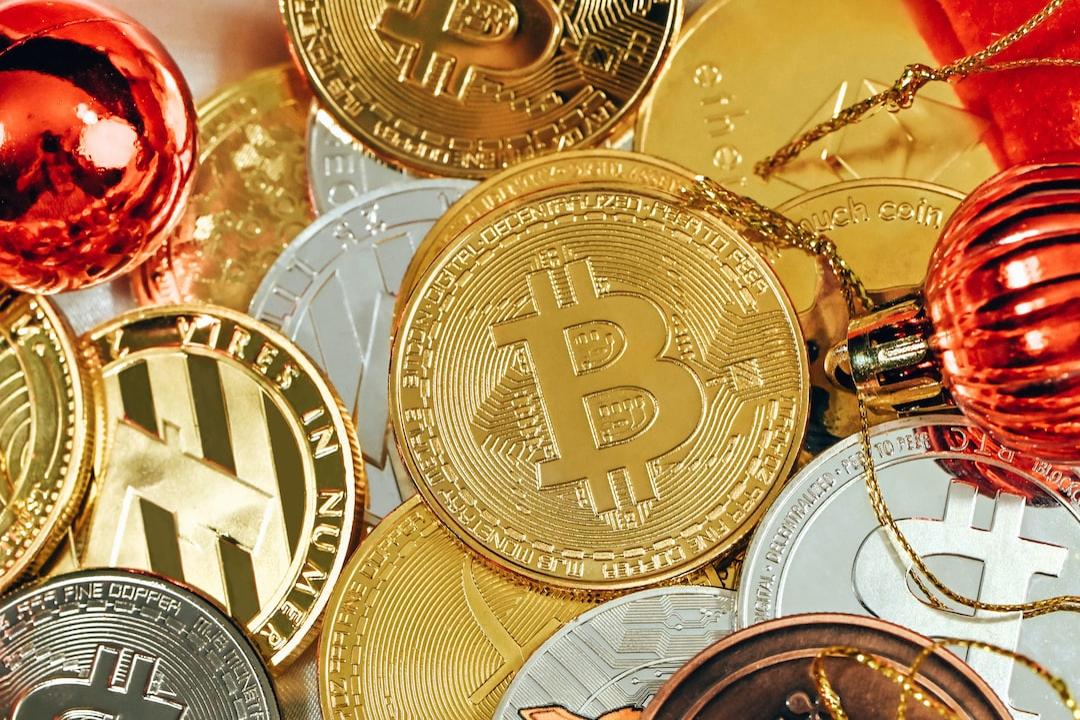Over the past few years, cryptocurrencies have taken the world by storm. However, another asset class within the cryptocurrency ecosystem has been on the rise: nonfungible tokens (NFTs). These digital certificates are revolutionizing industries such as art and gaming.
NFTs serve as proof of authenticity for collectibles and offer investors proof of ownership and enhanced security. These factors have contributed to their increasing popularity as a means of representing real-world objects in the virtual world.
As a result, many crypto investors are turning to NFTs on metaverse platforms, with platforms like Polygon using blockchain protocols and cryptocurrencies like Ethereum to facilitate the creation, purchase, and sale of these unique digital assets.
Polygon is a layer-2 Ethereum protocol designed to address scalability concerns. It acts as a parallel blockchain or sidechain to Ethereum, using a proof-of-stake (PoS) consensus mechanism to validate transactions. While providing the security, interoperability, and smart contract features of Ethereum, Polygon offers significantly lower transaction fees and greater flexibility and scalability.
Polygon is known as a multichain network of Ethereum-compatible blockchains because it can deploy and enable communication among different blockchain networks. This makes it ideal for developing decentralized applications (DApps) and setting up NFT marketplaces that facilitate low-value transactions.
To help artists and content creators join the NFT trend, several platforms on the Polygon blockchain offer free NFT minting. Marketplaces like OpenSea and Rarible allow nonfungible token creators to monetize their content through “lazy minting,” where the NFT is minted when a user purchases it. This reduces the number of transactions relayed onto Ethereum and ensures that the buyer pays the applicable gas fees.
The process of creating free NFTs on Polygon involves selecting or creating a digital file that will be converted into a unique token. The creator needs a crypto wallet with sufficient MATIC or Ether tokens to cover any fees. After connecting their wallet to a Polygon NFT marketplace, the creator uploads the digital file and completes the minting authorizations.
For investors and NFT enthusiasts looking to buy NFTs on Polygon, they can start by exploring NFT aggregators or marketplaces on the blockchain network. Platforms like Floor, TixHive, NFTrade, Candy Shop, and Hodl My Moon offer a range of NFT collections across various blockchain networks.
To purchase NFTs, users need to link their Polygon NFT wallet to the chosen marketplace and browse through available collections. The process varies slightly depending on whether it’s a fixed-price sale or an auction. Users can add NFTs to their cart and complete the purchase by accepting the signature request in their wallet after switching to Polygon’s network.
Selling NFTs on Polygon involves minting the NFT and putting it up for sale on marketplaces like OpenSea. The NFT owner can follow specific steps to list and sell their NFT.
While OpenSea primarily operates on the Ethereum blockchain, it allows users to buy, sell, or trade NFTs from various other blockchain platforms, including Polygon. Users can filter for Polygon NFTs or browse popular collections and set budget ranges to find their desired NFT.
It’s important to note that this article does not provide investment advice or recommendations. Readers should conduct their own research and exercise caution when making investment decisions.

